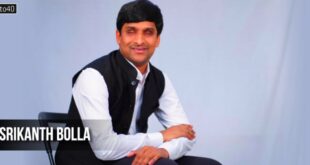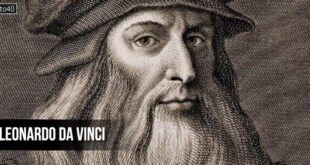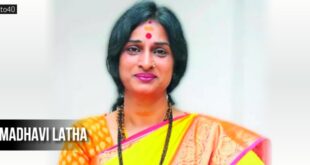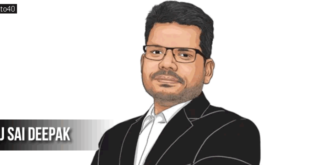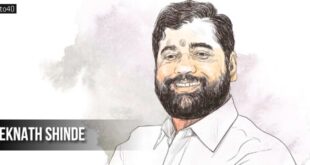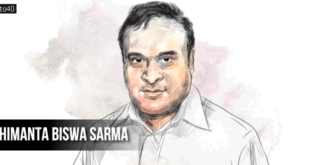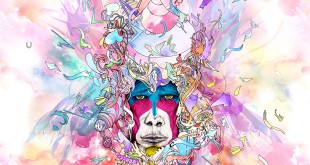 V. P. Singh — Vishwanath Pratap Singh was born on 25 June 1931. He Died after prolong illness on 27 November 2008. He was the 8th Prime Minister of the Republic of India and the 41st Raja Bahadur of Manda.
V. P. Singh — Vishwanath Pratap Singh was born on 25 June 1931. He Died after prolong illness on 27 November 2008. He was the 8th Prime Minister of the Republic of India and the 41st Raja Bahadur of Manda.
Early Life
He was born in the Rajput Gaharwal Royal Family of Manda to Raja Bhagwati Prasad Singh of Daiya and was later adopted by Raja Bahadur Ram Gopal Singh of Manda in 1936, whom he succeeded in 1941. V. P. Singh studied at Colonel Brown School, Dehradun for five years, and entered local politics in Allahabad during the Nehru era. He married 25 June 1955, Rani Sita Kumari, born 1936 in Deogarh, Udaipur, daughter of Rawat Sangram Singh II of Deogarh. He soon made a name for himself in the state Congress Party for his unfailing rectitude, a reputation that he would carry with him throughout his career.
Chief Minister of Uttar Pradesh
He was appointed by Indira Gandhi as the Chief Minister of Uttar Pradesh in 1980, when the Congress came back to power after the Janata Party interregnum. As Chief Minister, he cracked down hard on the dacoity, or banditry, problem, that was particularly severe in the rural districts of the south-west. He received much favourable national publicity when he offered to resign following a self-professed failure to stamp out the problem, and again when he personally oversaw the surrender of some of the most feared dacoits of the area in 1983.
Cabinet Minister for Finance and Defence
Called to the Centre following Rajiv Gandhi’s massive mandate in the 1984 General elections, he was appointed to the pivotal post of Finance Minister, where he oversaw the gradual relaxation of the license Raj as Rajiv had in mind. During his term as Finance Minister, he oversaw the reduction of gold smuggling by reducing gold taxes and the excellent tactic of giving the police a portion of the smuggled gold that they found. He also gave extraordinary powers to the Enforcement Directorate of the Finance Ministry, the wing of the ministry charged with tracking down tax evaders, then headed by Bhure Lal. Following a number of high-profile raids on suspected evaders – including Dhirubhai Ambani and Amitabh Bachchan – Rajiv was forced to sack him as Finance Minister, possibly because many of the raids were conducted on industrialists who had supported the Congress financially in the past. However, Singh’s popularity was at such a pitch that only a sideways move seemed to have been possible, to the Defence Ministry.
Once ensconced in North Block, Singh began to investigate the notoriously murky world of defence procurement. After a while, word began to spread that Singh possessed information about the Bofors defence deal that could damage the Prime Minister’s reputation. Before he could act on it, he was dismissed from the Cabinet and, in response, resigned his memberships in the Congress Party and the Lok Sabha.
Election as Prime Minister
In a dramatic meeting in the Central Hall of Parliament on 1 December, V. P. Singh proposed the name of Devi Lal as Prime Minister, in spite of the fact that he himself had been clearly projected by the anti-Congress forces as the ‘clean’ alternative to Rajiv and their Prime Ministerial candidate. Devi Lal, a Jat leader from Haryana stood up and refused the nomination, and said that he would prefer to be an ‘elder uncle’ to the Government, and that Singh should be PM. This last part came as a clear surprise to Chandra Shekhar, the former head of the erstwhile Janata Party, and Singh’s greatest rival within the Janata Dal. Shekhar, who had clearly expected that an agreement had been forged with Lal as the consensus candidate, stormed out of the meeting and refused to serve in the Cabinet.
Singh held office for slightly less than a year, from 2 December 1989 to 10 November 1990.
Secular Values
His resignations remind us of the back and forth motions of his mentor in struggle, Mahatma Gandhi. While he was a master at the tactics of a war of position and was to wear out the enemy with varying degrees of retreat and repositioning, he did not want to overthrow the social base his enemy stood on. And when he did, as during Partition over the division of India and Hindu-Muslim massacres, he found himself slowly marginalized and was assassinated. By merely restricting himself to a war of position and not carrying its guerilla tactics over to a war of annihilation, saw both Gandhi and V.P. Singh ending up in the wilderness, even as their ideas triumphed.
No one can deny the role of Mahatma Gandhi in the freedom struggle. Indeed, independent India views him as the Father of the Nation. It is the same with V.P. Singh. He prevented a replay of Partition in the name of Hindu India and outflanked this aim of Hindu reaction that was playing up the Babri Mosque episode, with the Mandal card.
And who can deny his role in bringing the backward classes alongside the scheduled castes and tribes in opposing upper caste reaction. Indeed, when we see how Hindu reaction lost out to secular and backward caste parties in Varanasi, Mathura, Faizabad and Allahabad even in the elections of 2004, the success of V.P. Singh’s ideological positions cannot be discounted of his situation.
The Painter
 Vishwanth Pratap Singh began his artistic career by becoming an accomplished photographer. His process of development began as a “camera shikari”. Starting with a box camera, he shot images of flowers, animals, people and landscapes. Later he picked up more sophisticated cameras and even made home movies. He could have stopped at that, given his other interests. But it is characteristic of him that he did not. Nor was he cut out to be merely an appropriator and a consumer. He has constantly developed in stature as a participator.
Vishwanth Pratap Singh began his artistic career by becoming an accomplished photographer. His process of development began as a “camera shikari”. Starting with a box camera, he shot images of flowers, animals, people and landscapes. Later he picked up more sophisticated cameras and even made home movies. He could have stopped at that, given his other interests. But it is characteristic of him that he did not. Nor was he cut out to be merely an appropriator and a consumer. He has constantly developed in stature as a participator.
 His approach to his art was the same. Beginning with the pencil sketches, as most people do, he did not stop at them. He found a teacher at Allahabad who instructed him in the painstaking process of wash painting and the studied figuration of Bengal school. To this day the element of romantic symbols and its dreamy landscapes and figures survive in his work.”I liked the effect,” he says, “but it lacked the spontaniety of expression I was looking for. The distortions of the figures too were too conventional and stereotyped for my taste.”
His approach to his art was the same. Beginning with the pencil sketches, as most people do, he did not stop at them. He found a teacher at Allahabad who instructed him in the painstaking process of wash painting and the studied figuration of Bengal school. To this day the element of romantic symbols and its dreamy landscapes and figures survive in his work.”I liked the effect,” he says, “but it lacked the spontaniety of expression I was looking for. The distortions of the figures too were too conventional and stereotyped for my taste.”
This brought him to the study of oils. His real tryst with paintings began when it was detected that he had myeloma. He again worked on portraits of animals around him and a few landscapes, apart from surrealistic work. His works caught the eye of a connoisseur of naive art, Harsh Goenka. He was asked by him to participate in an exhibition in Mumbai for which he did a work he called “Bombay my foot!” It shows a beggar’s foot being about to be crushed by a well-heeled one.
Death
V. P. Singh died after a long struggle with multiple myeloma (bone marrow cancer) and renal failure at Apollo Hospital in Delhi on 27 November 2008. He was cremated at Allahabad on the banks of the River Ganga on 29 November 2008, his son Ajeya Singh lighting the funeral pyre.
Films on V.P.Singh
Juliet Reynolds, an art critic and a close friend of Singh, made a short documentary on him, titled The Art of the Impossible (45 minutes long), and covers his political and artistic career. Suma Josson made another film on Singh titled – One More Day To Live.
 Kids Portal For Parents India Kids Network
Kids Portal For Parents India Kids Network
